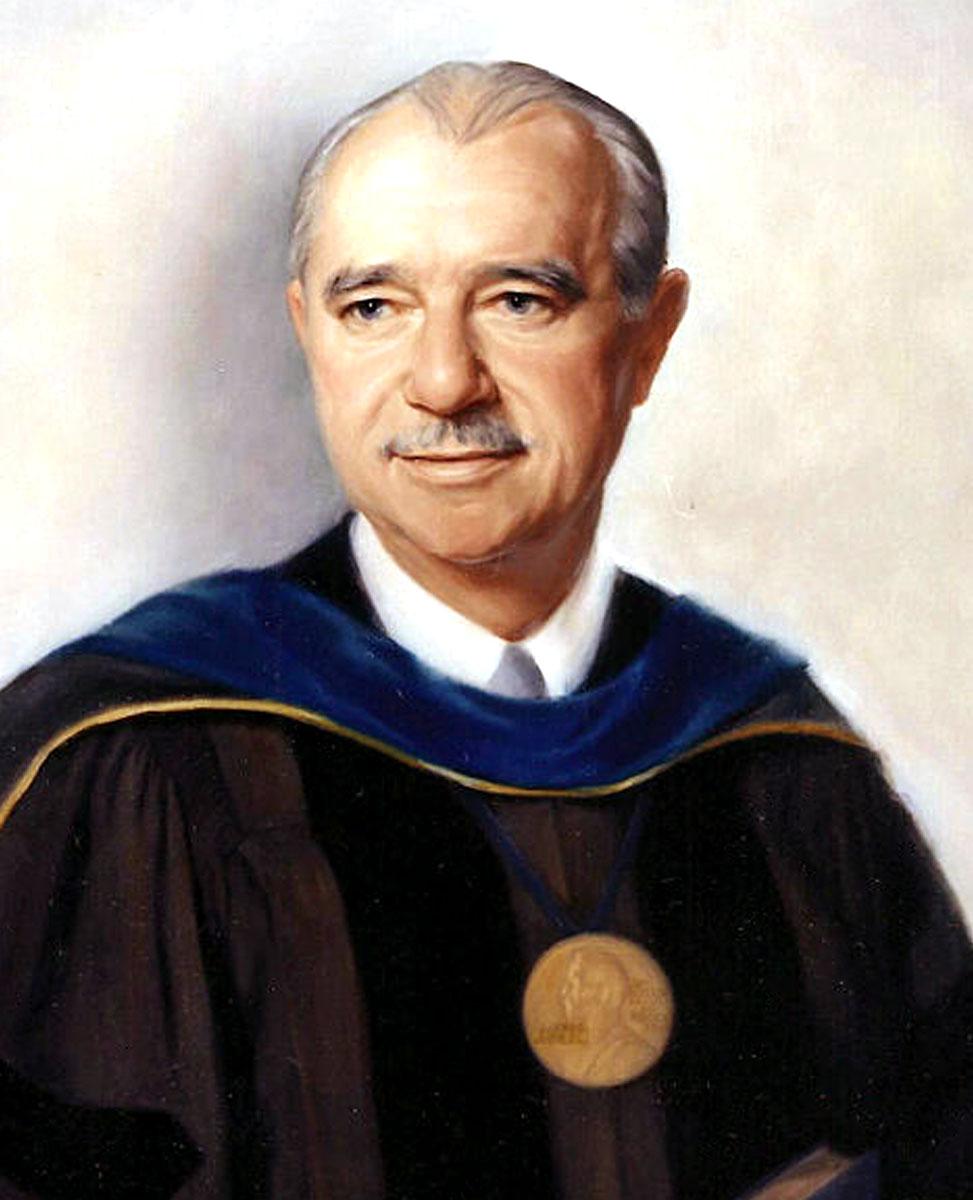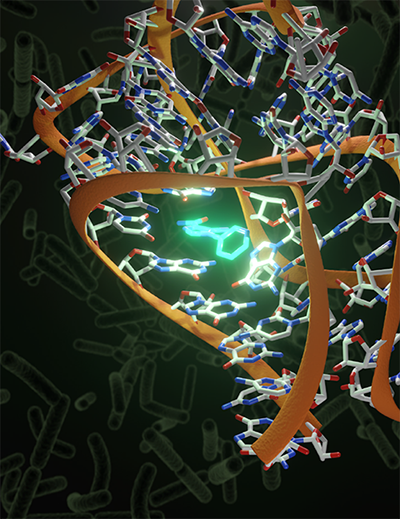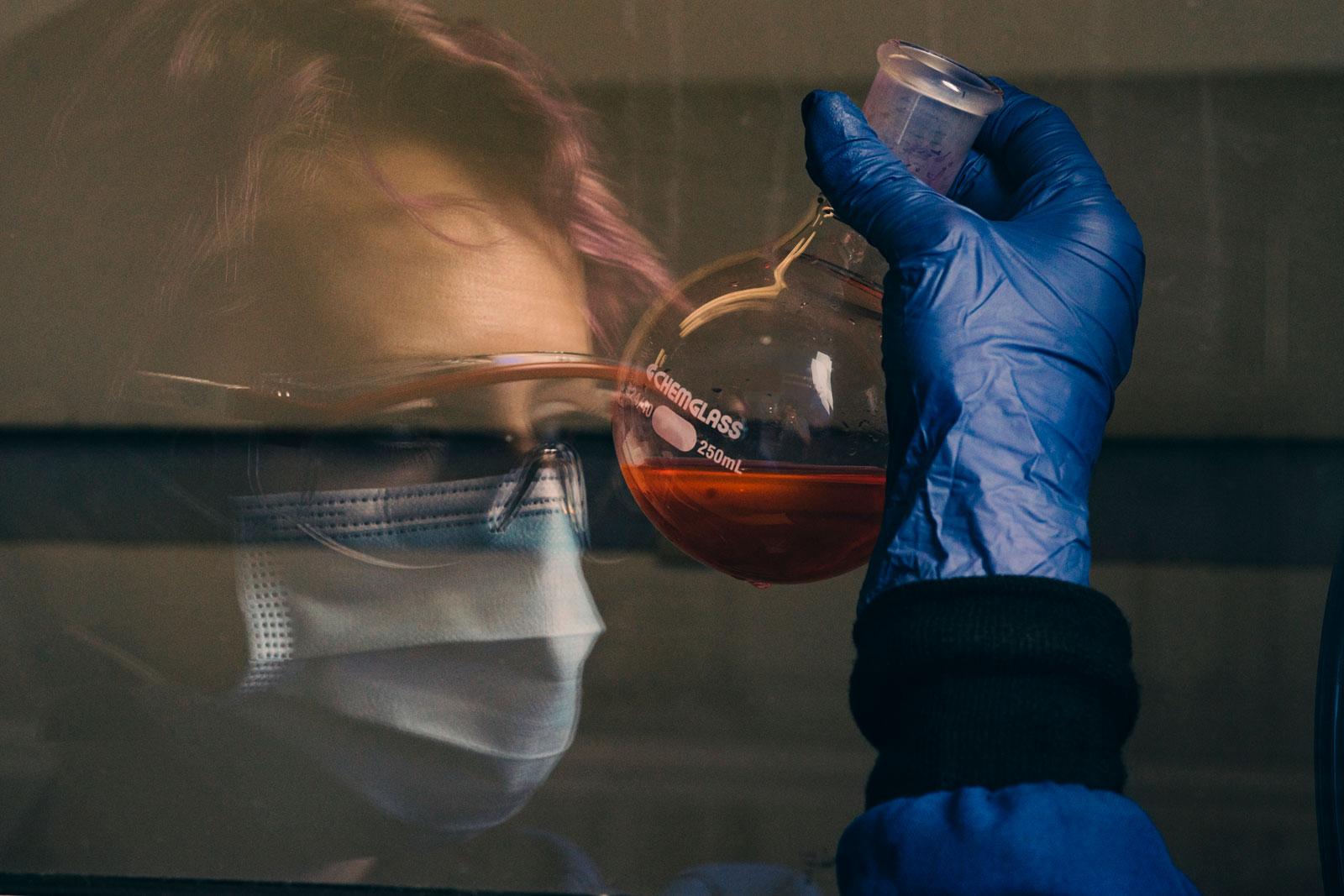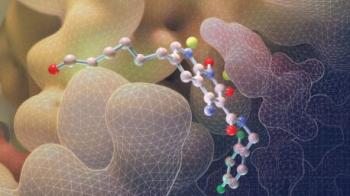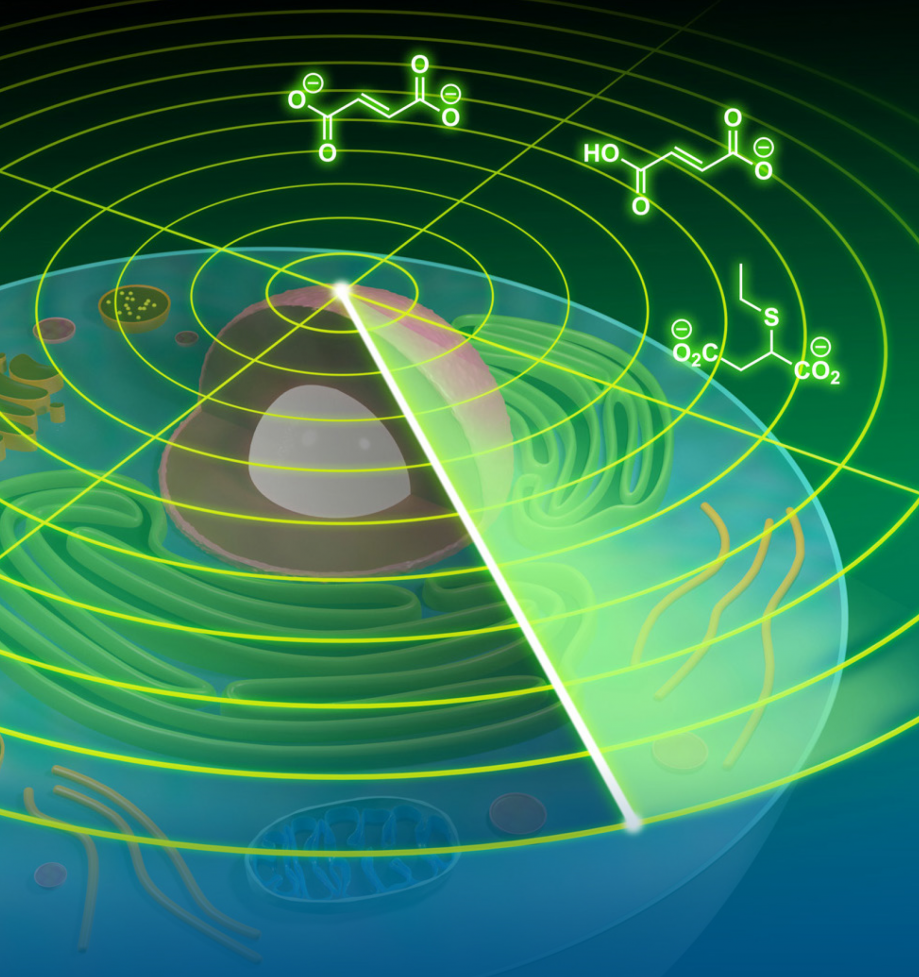2023
2023 Cathay Award
Kudos to Dr. Joel P. Schneider, Deputy Director for the Center for Cancer Research and Chemical Biology Laboratory Laboratory Chief who received the 2023 Cathay Award from the Chinese Peptide Society in recognition of his outstanding contributions to peptide science.
Dr. Pankaj Mahajan wins 2023 Intramural AIDS Research Fellowship Award
Dr. Pankaj Mahajan, a post-doctoral Fellow in the Burke Group has been selected to receive an Intramural AIDS Research Fellowship in support of his research entitled, "N-Substituted Bicyclic Carbamoyl Pyridones (BiCAPs) as New Integrase Strand Transfer Inhibitors (INSTIs) Against the Drug-resistant Mutants of HIV-1 IN". Having demonstrated outstanding scientific potential through both a well thought out career development plan and a creative and thoughtful research plan, the Office of AIDS Research, the Office of Intramural Research (OIR), and the Office of Intramural Training & Education (OITE) have selected Dr. Mahajan for this award which provides funds to cover his stipend and health insurance. A major mission of the NIH Intramural Research Program (IRP) and the Office of AIDS Research (OAR), is to train the next generation of researchers to continue the battle to halt the AIDS pandemic.
Dr. Xue Zhi Zhao Wins 2023 Travel Award
Congratulations go to Dr. Xue Zhi Zhao, an Associate Scientist in the Burke Group, for being selected as a winner at the 2023 CCR and DCEG Staff Scientist and Staff Clinician Retreat. This theme of this year’s retreat was “Redefining What’s Possible: Development of novel cancer therapies”. Dr. Zhao's poster entitled, "Development of multidentate tyrosyl-DNA phosphodiesterase 1 (TDP1) inhibitors” earned him a financial travel award for use to attend and present this work at a scientific meeting this year.
Congratulations to 2023 NCI Director's Award recipient, Dr. Joel Schneider
CBL Lab Chief, Dr. Joel P. Schneider was awarded a Department of Defense Reconstructive Transplant Research Program Award for his proposal, "Localized & Inflammation-Responsive Immunotherapy of VCA Rejection". The Director's Awards recognize important achievements made by NCI staff in support of the NCI mission.
Dr. John "Jay" Schneekloth, 2023 CCR FLEX Awardee
In collaboration with Drs. Susan Lea and Hans Elmlund of the Center for Structural Biology, the CBL's own Dr. Jay Schneekloth was awarded a 2023 FLEX award for their proposal “Understanding RNA-Ligand Complexes with Cryo-Electron Microscopy and Chemistry”. The CCR FLEX Program is a means for CCR PIs to fund high-risk, high-impact projects that may be difficult to perform within their base allocation. The program facilitates technology development, the ability of PIs to embark on new directions, and creation of multi-PI collaborations. Since 2015, there have been 68 FLEX Awards that have resulted in over 100 publications, many in top-tier journals, as well as 24 new clinical trials and numerous commercial partnerships.
2022
Dr. Sierra Marker wins 2022 NCI Director’s Innovation Award
Dr. Sierra Marker, a postdoctoral fellow in the Schnermann lab, won the NCI Director's Innovation Award for her proposal entitled "Harnessing transporter upregulation to create selective probes for HNSCC. This award carries a $10K prize added to her research budget.
Dr. Jordan Meier chosen for NCI Center for Cancer Research Director’s Award
Dr. Jordan Meier was selected to receive an NCI Center for Cancer Research Director’s Award in Basic Biological Science, which recognizes individuals for conducting and executing outstanding basic biological research, for his exceptional achievements in total chemical synthesis used to expand the epigenetic regulatory role of acetylation. His accomplishments were recognized in a virtual awards ceremony in Spring 2023.
Twin Win for CBL - 2022 NCI Director's Innovation Awards
Drs. Siddharth Matikonda (left) and Syed Usama (right), both of the Schnermann Group were recipients of the 2022 NCI Director's Innovation Award in Career Development. This program is designed to support development of highly innovative approaches and technology aimed at significant cancer-related problems and offers one-time awards that are targeted to Postdoctoral Fellows, Staff Scientists, and Staff Clinicians at all levels, with an upper limit of $10,000.
Congratulations to the CBL fellows, Dr. Monessha Nambiar from the Schneider Lab, and Dr. Sierra Marker from the Schnermann Lab, for winning the 2022 Sallie Rosen Kaplan Postdoctoral Fellowship. This fellowship prepares female NCI postdoctoral fellows for their independent careers by providing mentoring and networking opportunities, and career building tools for women in science. For the February Women in Chemistry Highlight, we interviewed Monessha and Sierra to learn about this great program, their experience during the application process, and what it means to be a Sallie Rosen Kaplan Fellow.
Dr. Sung-Eun Kim, CBL alum and CEO of Oncobix signs research agreement with SK Chemicals
(2022) SK Chemicals R&D Center Director Kim Jeong-hoon (left) and Oncobix CEO Kim Seong-eung shake hands after signing the cooperation agreement at the Oncobix headquarters in Yongin, Gyeonggi Province, South Korea.
2021
2021 NCI Director's Award conferred to Dr. Jordan Meier
This award was in recognition of Dr. Meier's outstanding accomplishments in developing new strategies to define and therapeutically manipulate protein and RNA modifications. Learn more about Dr. Meier's research.
Joel Schneider awarded the 2021 American Peptide Society Vincent du Vigneaud Award
Vincent du Vigneaud (May 18, 1901 – December 11, 1978) was an American biochemist who won the 1955 Nobel Prize in Chemistry “for his work on biochemically important sulphur compounds, especially for the first synthesis of a polypeptide hormone,” a reference to his work on the cyclic peptide oxytocin. The Vincent du Vigneaud Awards recognize outstanding achievement in peptide research at mid-career. The du Vigneaud Awards are sponsored by Bachem, and are awarded to two deserving recipients at the biennial American Peptide Symposia.
Brandon Liu wins 2021 Outstanding Poster Award
Congratulations go out to Brandon Liu, a Postbac CRTA Fellow in the Barchi group, for receiving an Outstanding Poster Award at the NIH Postbac Poster Day 2021 earlier this year. Brandon’s poster was entitled "O-Linked Glycopeptides Binding to Proteins: The Influence of Serine vs. Threonine". Posters were judged by teams of graduate students, postdoctoral fellows, clinical fellows, and staff scientists/staff clinicians, and are recognized for having authored posters with the top scores.
A new therapeutic hydrogel that can be injected or sprayed onto large surfaces could be an effective tool in fighting such cancers. See Nature Nanotechnology 2021.
Switching on RNA (CCR Milestones 2021)
CCR scientists are developing small molecules that target RNA. This figure highlights a molecule interacting with a bacterial riboswitch that controls gene expression. Studying systems like this can provide the basis for developing new RNA-binding drugs. Learn more.
Bright Futures in Cancer Research – Schnermann Group featured in Colby Magazine.
Martin J. Schnermann had been broadly interested in science and German in his first years at Colby, but switched his major to chemistry because of organic chemistry class with Das Thamattoor, the J. Warren Merrill Professor in Chemistry and Natural History. Schnermann went on to get his Ph.D. in chemistry at Scripps and was a postdoctoral researcher at University of California, Irvine before coming to NCI in 2008. To date, Schnermann has brought four Colbians into his lab, where he develops new molecules for cancer drug delivery and imaging. Currently, Carol Lipshultz ’20 is spending two years there as a chemical biology research trainee.
2020
Imaging study of key viral structure shows how HIV drugs work at atomic level
(2020) XZ426, created by Dr. Xue Zhi Zhao in the Burke Lab, is a latest generation of INSTI that highlights how small changes in the integrase active site can have notable implications for drug binding and design and provide mechanistic insights into why a leading INSTI retains efficacy against a broad spectrum of drug-resistant variants. This work, which appeared in Science, provides insights that could help design or improve new treatments for HIV.
Charting the Chemistry of Hereditary Kidney Cancer (CCR Milestones 2020)
Mapping of metabolic changes reveals the proteins that are altered in kidney cancers, offering clues for how the disorder emerges. The radar and cell depict the new technology developed by the study authors to map how the oncometabolite fumarate interacts with proteins in the cell and influences tumor formation. Learn more.
2019
Diving Deep into the Red (CCR Milestones 2019)
Fluorescent probes help biologists illuminate the inner workings of cancer cells. A new class of far-red fluorescent probes peers deeper into live tissues. Fluorescent molecules are used frequently to dye and illuminate cells to be studied. Fusing a ring system (shown in white) onto an existing chromophore (the part of the compound responsible for absorbing light, shown in red) makes the new molecule much brighter. These new dyes, which are assembled using recently discovered organic chemistry techniques, will allow researchers to peer more deeply into living systems with unprecedented resolution. Learn more.











